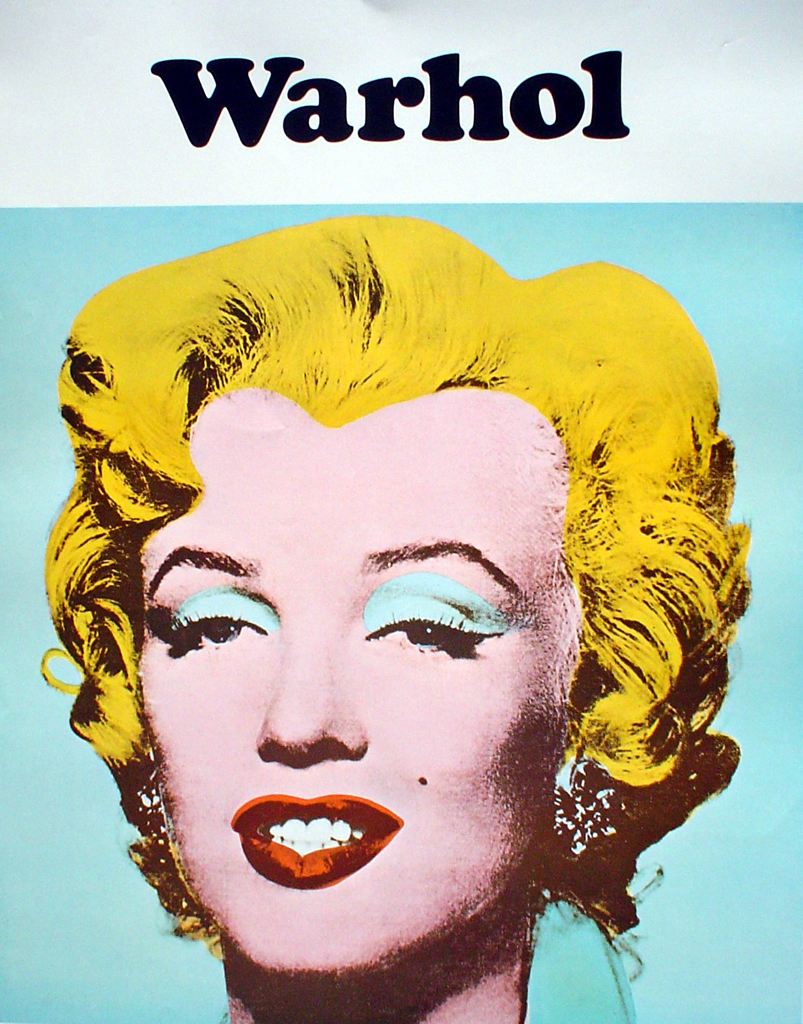

Newcomers like Faulkner “did not color” the French Quarter. Parts of which center on New Orleans as the amalgamation of different cultures, which shaped one another into a kind of mutuality. Faulkner, still a synesthetic poet and painter in Mosquitoes, Louis Cathedral, and a sizeable sweep of the city. New Orleans was also a good place for a young writer to discover himself among other writers and artists, and for an older artist to renew himself.įrom their high-ceilinged apartment in the Pontalba building, the delighted Andersons could see Jackson Square, St. This was not gentrification, exactly, but certainly part of a movement in New Orleans to honor its past and attract tourists and new residents to a city steeped in history. Restaurants and shops on the ground floors and apartments above formed a kind of complex now commonplace in modern cities.īy the 1920s, the buildings, fallen into disrepair, began to be restored. Spanish moss, rumbling streetcars, honking automobiles, street vendors, artists, prostitutes, nuns, tourists, speakeasies, restaurants, and bars-that was the New Orleans French Quarter in the 1920s, when Sherwood Anderson and his wife, Elizabeth Prall Anderson, arrived, settling into the Pontalba building, actually two four-story buildings on two sides of Jackson Square, built in the late 1840s by the Baroness Micaela Almonester Pontalba.


 0 kommentar(er)
0 kommentar(er)
